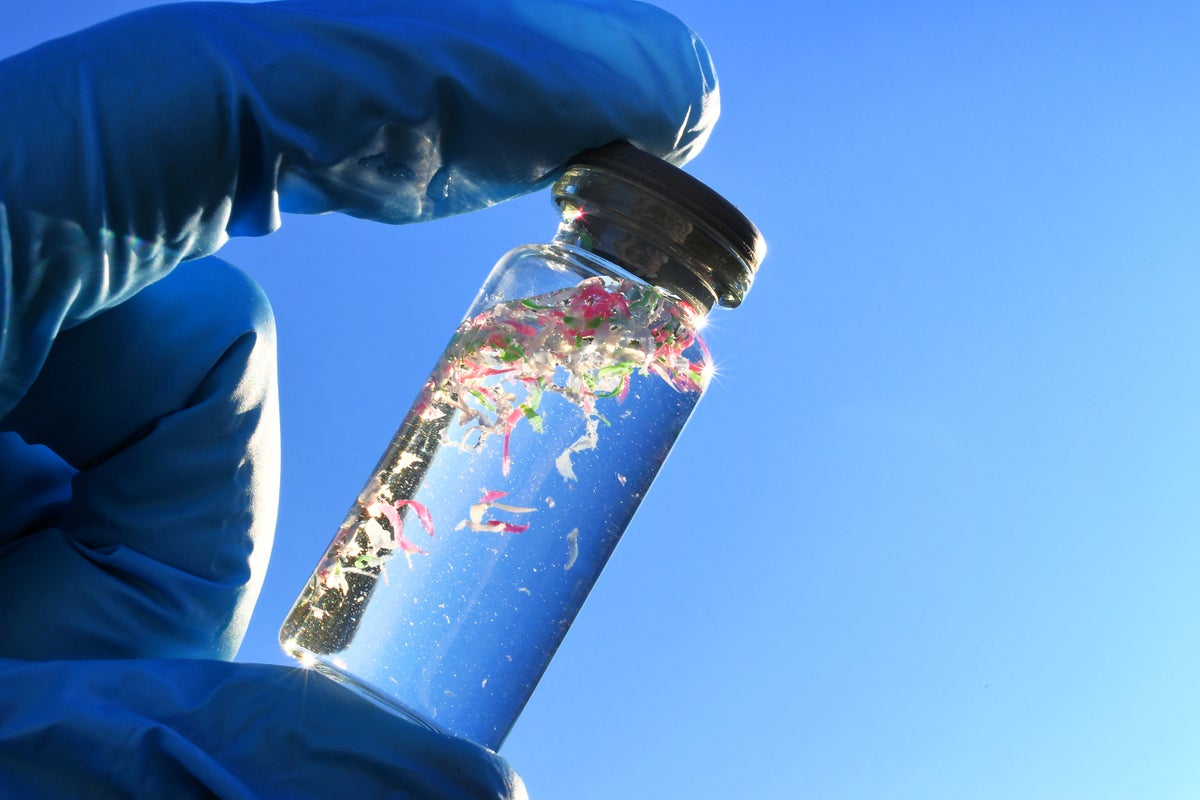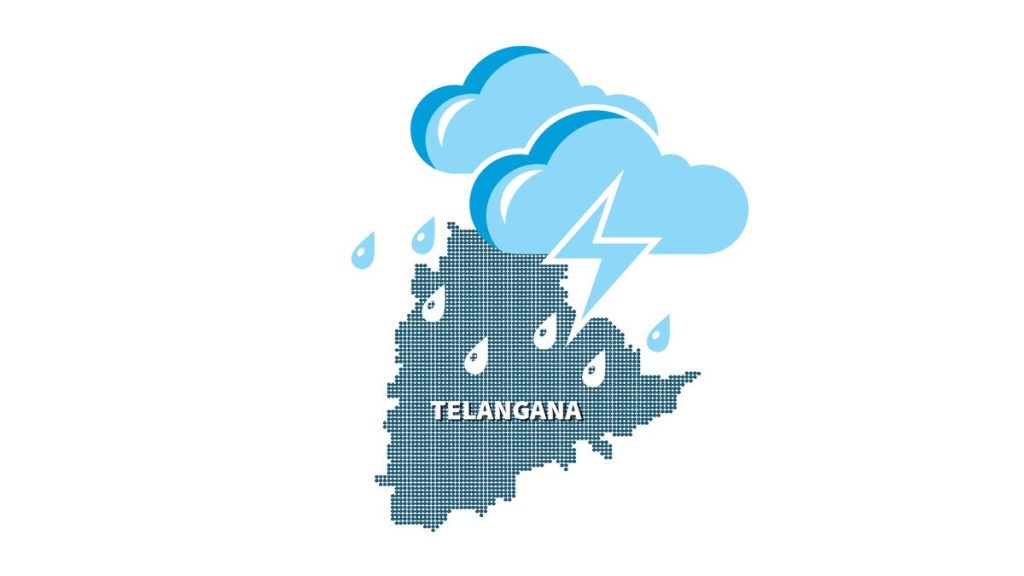Now Reading: Microplastics Linked to Rise in Antibiotic-Resistant Bacteria
-
01
Microplastics Linked to Rise in Antibiotic-Resistant Bacteria
Microplastics Linked to Rise in Antibiotic-Resistant Bacteria

Quick Summary
- Microplastics and Antibiotic Resistance: Microplastics serve as hotspots for bacterial biofilms, fostering gene exchange that contributes to antimicrobial resistance.
- Global Antimicrobial resistance Crisis: In 2019, antimicrobial resistance was linked to five million mortalities globally, with estimates suggesting this figure could double by 2050.
- Scientific Findings:
– Researchers have found bacteria on microplastics are more likely to exchange antibiotic-resistant genes.
– Laboratory studies reveal bacteria grown on microplastics exhibit higher growth rates and substantially increased resistance to antibiotics like ciprofloxacin-up to 75 times greater than bacteria grown in isolation.
– River-based experiments showed disease-causing pathogens such as E. coli were more abundant in water containing microplastics compared to water without them, alongside heightened levels of antibiotic-resistance genes.
– Older microplastics tend to trap antibiotics due to roughened surfaces and electrostatic properties, further exacerbating the issue.
- Potential Risks: Microplastic pollution can transport pathogens globally, from wastewater treatment plants or hospitals into remote regions like Antarctica.
Image:
!Read More
Indian Opinion Analysis
The research highlights troubling connections between environmental pollution from plastics and global health risks associated with drug-resistant bacteria-a matter of growing relevance for India given its dual challenges of plastic waste management and rising cases of antimicrobial resistance (AMR).
India generates approximately 3 million metric tons of plastic waste annually while facing one of the highest burdens of AMR worldwide due to widespread misuse or overuse of antibiotics across sectors including healthcare and animal husbandry. The findings underscore the possibility that inadequate disposal practices may exacerbate AMR threats through biofilm formation on improperly managed plastics entering rivers or soil ecosystems.
Additionally, India’s dependence on river systems-for drinking water, agriculture irrigation, fishing industries-makes it particularly vulnerable if disease-causing microbes become progressively resistant due to exposure triggered by pollutants such as microplastics combined with antibiotics leaching into these natural cycles.
While future studies are essential for conclusive evidence connecting plastic-derived resistance directly affecting humans at large scales, the emerging data calls for strengthened efforts toward effective enforcement policies around both enduring waste management practices alongside robust containment approaches targeting AMR control strategies already underway within national action plans laid out by india’s Ministry focused addressing public health loopholes surrounding Anti-microbial adaptations longer-term growth context pathways implementation fronts























